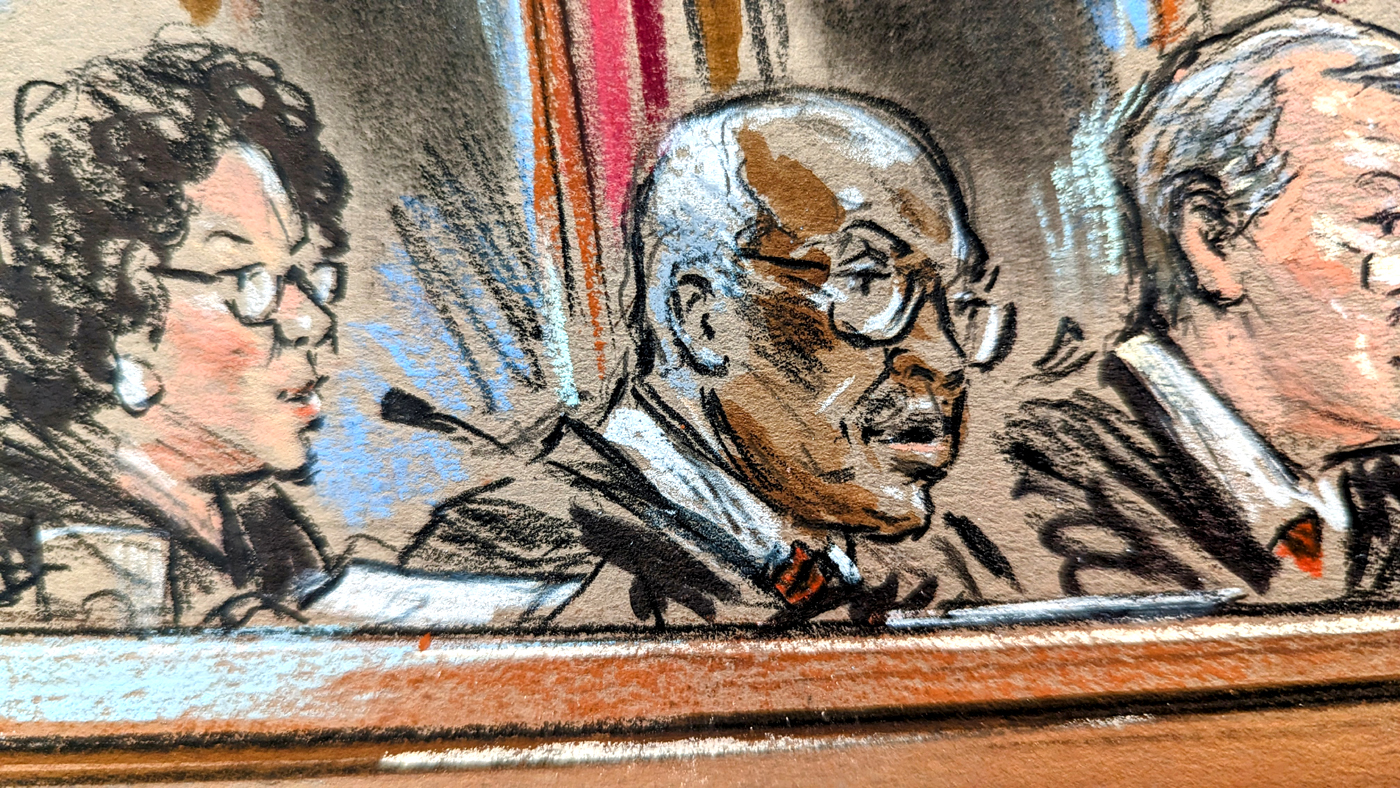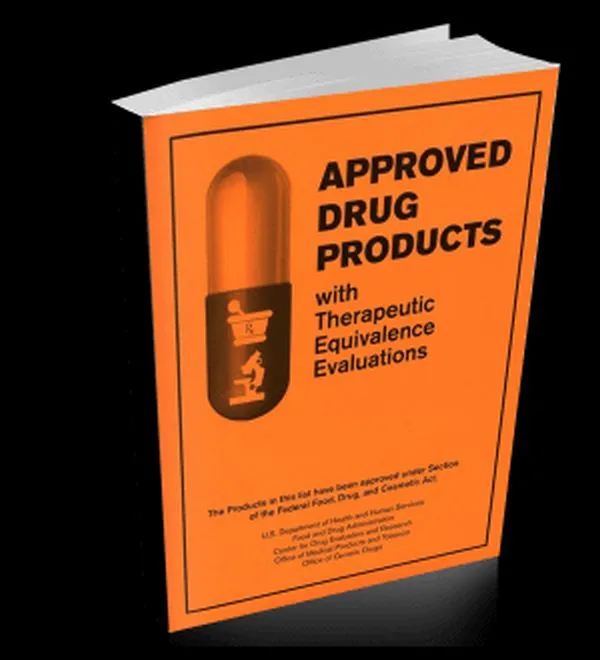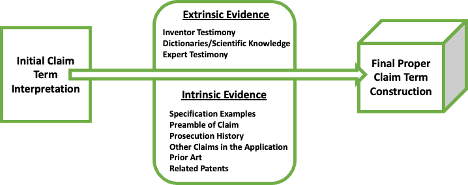SUPREME COURT RULING: Amgen Inc. et al. v. Sanofi et al, May 18, 2023 | Schwabe, Williamson & Wyatt PC
The Supreme Court issued a long-awaited decision today concerning the enablement requirement found in Section 112 of the Patent Act. Specifically, the case addressed the enablement requirement in relation to claims that are drafted to cover a genus or class of potential solutions. The Court affirmed that the patent specification must enable ordinarily skilled artisans to practice the full scope of the claim. For broad, genus claims, that means the patent must sufficiently disclose how to make and use all solutions within that genus.
Section 112 of the Patent Act requires patentees to provide a “written description of the invention, and of the manner and process of making and using it, in such full, clear, concise, and exact terms as to enable any person skilled in the art to which it pertains, or with which it is most nearly connected, to make and use the same.” This is part of the quid pro quo underlying the patent system: the government promotes the development of arts and sciences by granting a monopoly for a fixed period of time in exchange for a full disclosure of the invention so that others may use it to further develop their own inventions.
The patents at issue concern antibodies. Specifically, they concern antibodies that are used to target PCSK9, a naturally occurring protein that binds to and degrades LDL receptors, which help extract LDL (bad) cholesterol from the blood stream. In the mid-2000s, a number of pharmaceutical companies began looking into the possibility of making antibodies to target PCSK9. Specifically, they were looking for antibodies that could bind to a particular sequence of 15 amino acids, out of PCSK9’s 692 amino acids, called the “sweet spot.” Amgen and Sanofi each developed PCSK9-inhibiting drugs. Amgen developed a product named Repatha, and Sanofi developed one called Praluent. Each drug employs a distinct antibody with its own unique amino acid sequence that binds to the sweet spot in PCSK9. Both parties filed for—and received—patents for their unique antibody inventions.
However, Amgen also pursued and received continuation patents that were broader than its original patent. The continuation patents did not seek protection for any particular antibody, but instead claimed “the entire genus” of antibodies that “bind to specific amino acid residues on PCSK9” and “block PCSK9 from binding” to LDL receptors. Upon obtaining these patents, Amgen sued Sanofi for infringement.
Sanofi argued that the claims were invalid for lack of enablement. Specifically, Amgen had not disclosed, sufficient for the abilities of a person of ordinary skill in the art, how to make and use the entire scope of the invention—i.e., how to make and use all of the antibodies that fell within the “entire genus” claimed. Instead, Amgen had only disclosed 26 specific antibodies that fit within the genus. Of those, it disclosed the three-dimensional structures of only two of them. Amgen also disclosed a “roadmap” of how to identify additional antibodies. It also disclosed a second technique for identifying additional antibodies called “conservative substitution.” Sanofi argued that those methods were little more than an invitation for scientists to use a trial-and-error process of discovery to identify additional antibodies.
The district court concluded that the claims were not enabled as a matter of law. The Federal Circuit affirmed. We wrote up the Federal Circuit’s opinion in the matter as our Case of the Week in February 2021. A copy of that is available here.
On further appeal, the Supreme Court also affirmed. After tracing the history and purpose of the enablement requirement to the 1700s, Judge Gorsuch, the author of the opinion, discussed the Supreme Court’s prior precedent, including the famous case O’Reilly v. Morse, 15 How. 62 (1854), concerning the development of the telegraph machine. Morse had obtained a patent with eight claims, seven of which were specific. The eighth claim, however, sought protection for any “use of the motive power of the electric or galvanic current . . . for marking or printing intelligible characters, signs, or letters, at any distances,” and not limited “to the specific machinery or parts of machinery described” in the specification. The Supreme Court found the eighth claim “too broad, and not warranted by law” because it covered all means of achieving telegraphic communications, not limited to the means that Morse had actually disclosed.
Judge Gorsuch also considered a similar result concerning the development of the incandescent lightbulb, centered on Thomas Edison. A prior patent claimed a lamp with a broad genus of “carbonized fibrous or textile material.” Edison had discovered that bamboo worked well. After he was sued for infringement the Supreme Court ultimately sided with Edison, holding that the patent at issue claimed far more than it disclosed. Even the broad claim might have been valid, the Court held, if the patentees had disclosed a common quality of fibrous and textile substances that made them particularly adapted to incandescent lighting. This would have shown others how to select such materials, inviting use of bamboo, for example. But the record showed that most textiles did not work, and Edison only discovered bamboo through his own painstaking experimentation.
Considering these historical cases, the Court held:“[i]f a patent claims an entire class of processes, machines, manufactures, or compositions of matter, the patent’s specification must enable a person skilled in the art to make and use the entire class. In other words, the specification must enable the full scope of the invention as defined by its claims. The more one claims, the more one must enable.”
The Court explained this does not require that a specification “describe with particularity how to make and use every single embodiment within a claimed class.” Sometimes, identifying examples or a general quality may be sufficient. Additionally, the Court held that, just because the disclosure may require some adaptation or testing by future researchers does not defeat patentability. The test is based on reasonability, which may vary from field to field, depending on the nature of the invention and the underlying art.
In this case, the Court held that Amgen failed to enable an ordinary artisan to make and use all that was claimed. And the two methods for discovering new antibodies were simply invitations for scientists to engage in their own trial-and-error discovery processes. That would be the precise “painstaking experimentation” that Thomas Edison had to undergo in discovering bamboo as an ideal filament for the incandescent lightbulb.
The Supreme Court unanimously affirmed that Amgen’s broad claims were not enabled, and were thus invalid.
The opinion can be found here.
By Nika Aldrich






